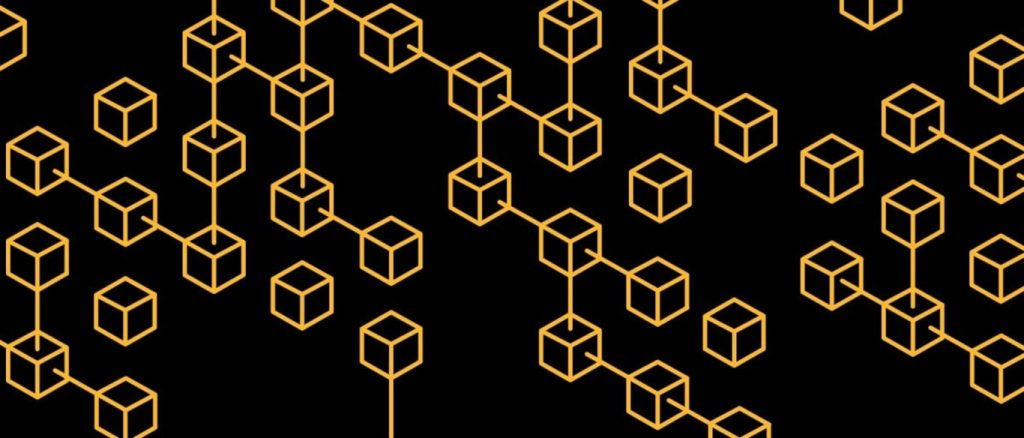Blockchain is a data ledger.
Blockchain dominates discussions about the future of technology, from cryptocurrency to cybersecurity. While blockchain’s uses appear boundless, few understand it.
In the past, financial organizations kept ledgers of transactions. Only privileged users could audit traditional ledgers. Blockchain democratized these principles by eliminating confidentiality surrounding transaction data.
A blockchain is a continually updated catalog of transactions. It can capture and monitor anything of value over a network of different places and organizations. It builds a global computer spider web.
Blockchain technology isn’t limited to cryptocurrency. Its capacity to add and keep data makes it useful across sectors.
Blockchain. Description of the Concept
Blockchain consists of a block and a chain. A block is a virtual chain of connected data. A blockchain is like a railway with data in each compartment.
Each block carries a timestamp, so it’s evident when the data was captured and saved. It is critical for transaction or supply chain data because knowing when a payment or item was handled is crucial.
How Does It Work?
Blockchain is transparent and safe with data.
Adding a Bitcoin transaction to a new block:
- When a bitcoin user submits a transaction, a message is produced, including their public addresses and the amount. The sender attaches a private key to data and makes a hash (turns it into a fixed-length code.) It establishes a digital signature proving the bitcoin owner wants to transmit it.
- The sender combines a digital signature, message, and public key, then broadcasts to the network. Like saying, “Hey, everyone! I’m sending bitcoin to this guy.” For most wallets and apps, all this occurs “behind the hood” and consumers don’t see it.
- The packed transaction enters an unconfirmed transaction waiting area called a “mempool.”
- In the Bitcoin network, miners who have discovered new blocks through proof-of-work then select a group of transactions from the mempool, verify each transaction to ensure that the sender actually has the bitcoin in their wallets, run it through software to ensure that the packaged data (digital signatures, messages, and public keys) are correct, and finally add it to the n-th block.
It is similar to how proof-of-stake blockchains work, except that instead of “mining nodes” detecting and confirming transactions, “stakers” or “validators” who have locked away cryptocurrency do so.
It’s possible to do many things using a network of nodes. These include maintaining a log of past transactions, validating those transactions, and adding new blocks to the blockchain. There is no way to change or rewrite a transaction after it has been added and authorized. Thus, information kept on a blockchain is said to be “immutable.”
Every single transaction that has ever occurred on the blockchain is simply recorded. The Ethereum blockchain, for instance, is a log of every ether exchange ever made. Therefore, if there are changes that need to be made around a prior transaction, a new record is produced regarding the change, rather than going back to the original data.

What Are the Benefits of Blockchains?
International: Due to the global nature of cryptocurrencies, international transfers are swift and inexpensive.
More discreet: When making a purchase with a cryptocurrency, you don’t have to give out any personal information, which reduces the risk of having your identity stolen.
Open: Because all bitcoin transactions are recorded on a public ledger called the blockchain, they can be examined by anyone. It eliminates the possibility of a sudden rule change, monetary policy shift, or other transactional manipulation. The software at the heart of these currencies is open-source and freely available, allowing anybody to examine the underlying code.
Who Was the First Person to Create a Blockchain?
In late 2008, an unknown author(s) under the name Satoshi Nakamoto released a whitepaper online outlining the ideas behind a new kind of digital currency they termed Bitcoin. Every cryptocurrency developed after that one is a refinement of the original concepts introduced there.
The motivation behind Nakamoto’s creation of digital currency was to facilitate online transactions between strangers in any region of the globe, eliminating the need for a trusted third party like a bank or a payment processor like Skrill.
A network that continually monitors Bitcoin transactions is the answer. The blockchain is that system.
How Will Blockchains Develop in the Future?
It has become clear that the blockchain concept may serve as a foundation for a variety of useful software. While blockchain is still in its infancy, many industry insiders likened its revolutionary potential to that of early web standards like hypertext markup language (HTML) when the World Wide Web was still in its infancy.
In operation, Bitcoin Cash and Litecoin’s blockchains are remarkably similar to the Bitcoin blockchain. Unlike Bitcoin’s blockchain, which is only intended to handle digital currency, Ethereum’s blockchain may be used for a wide variety of other purposes. The Ethereum blockchain is best understood as a strong and flexible computing platform on which developers may quickly construct a variety of blockchain-based apps.






